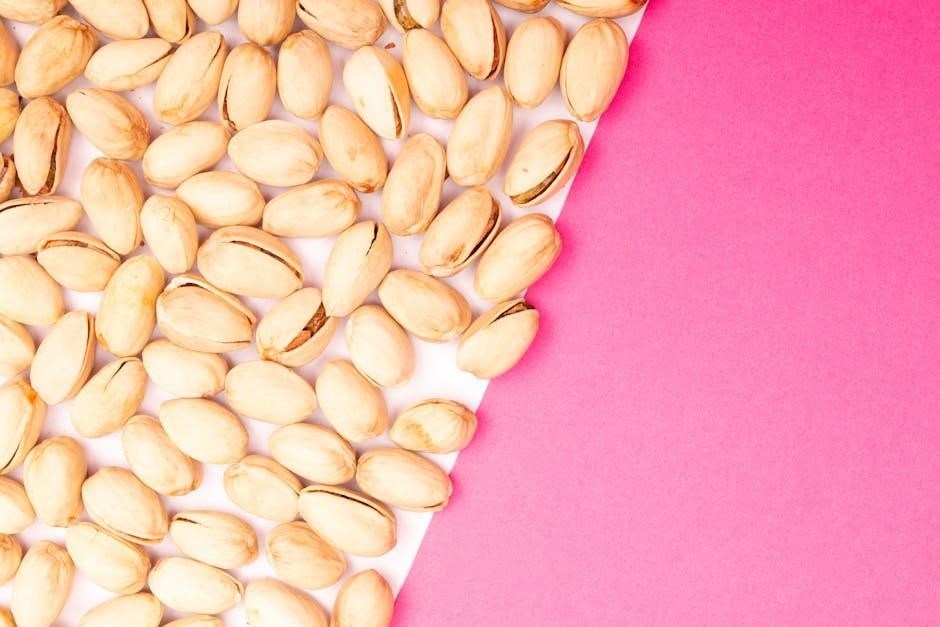
low fat food list pdf
A low-fat diet focuses on reducing fat intake, particularly from animal sources, to promote weight management and improve heart health. It emphasizes lean meats, fish, plant-based foods, and whole grains, helping to maintain balanced nutrition while lowering cholesterol and calorie consumption.
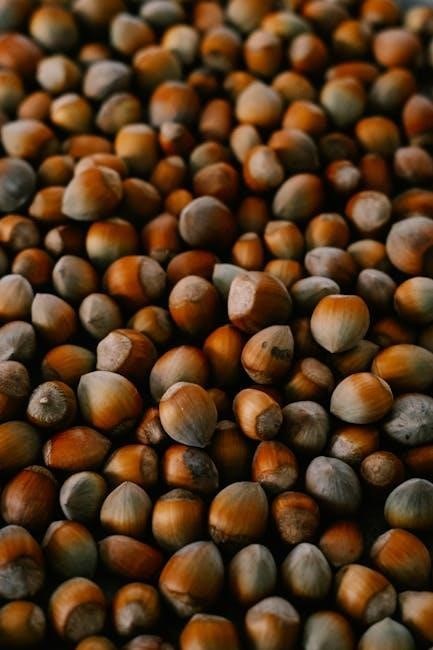
Overview of Low-Fat Diets
A low-fat diet is a dietary approach that emphasizes reducing the intake of fats, particularly saturated and trans fats, to promote better health and weight management. It focuses on consuming lean protein sources, whole grains, and a variety of fruits and vegetables. By limiting fats, the diet helps lower cholesterol levels and reduce the risk of heart disease. Portion control and mindful eating are key components, ensuring that meals remain balanced while keeping fat consumption in check. This approach also encourages avoiding processed foods and opting for natural, unprocessed ingredients. The goal is to create a sustainable eating pattern that supports overall well-being without drastic restrictions. A low-fat diet is often recommended for individuals looking to improve their cardiovascular health or manage weight effectively. It is important to note that not all fats are harmful, and small amounts of healthy fats, like those found in avocados and nuts, can still be included in moderation.
Importance of a Low-Fat Food List PDF
A low-fat food list PDF serves as a valuable resource for individuals aiming to adopt a healthier diet. It provides a comprehensive guide to foods that are naturally low in fat, helping users make informed choices. This tool is particularly useful for those managing weight, improving heart health, or following a specific dietary plan. By categorizing foods such as lean meats, fish, vegetables, and whole grains, the list simplifies meal planning and grocery shopping. It also highlights portion sizes and nutritional values, ensuring that users can maintain a balanced intake without excessive fat consumption. Additionally, a low-fat food list PDF can be easily accessed and shared, making it a convenient reference for daily use. It empowers individuals to make sustainable lifestyle changes, supporting their overall well-being and dietary goals effectively.
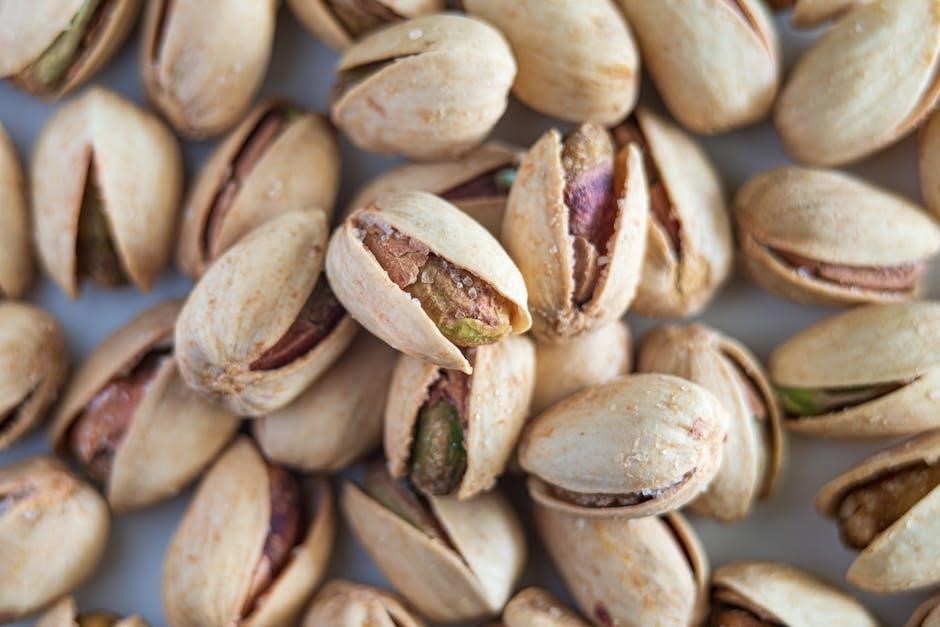
Animal-Based Low-Fat Foods
Animal-based low-fat foods include lean meats, fish, poultry, eggs, and dairy products. Opt for skinless poultry, fish like cod or hake, and low-fat dairy to enjoy high protein and essential nutrients without excessive fat intake.
Dairy Products
Dairy products are a key component of a low-fat diet, offering essential nutrients like calcium and protein. Opt for low-fat or fat-free options such as skimmed milk, cottage cheese, and low-fat yogurt. These choices provide high-quality protein while minimizing saturated fat intake; Additionally, selecting fortified products ensures adequate vitamin A and D levels, which are crucial for bone health. When incorporating dairy into meals, consider using them in moderation to avoid exceeding daily fat limits. For instance, adding low-fat cheese to salads or using fat-free yogurt as a base for dressings can enhance flavor without adding unnecessary fat. Always check food labels to ensure the product meets low-fat criteria, helping maintain a balanced and nutritious dietary plan.
Lean Meats
Lean meats are an excellent source of high-quality protein while keeping fat content low. Opt for cuts with minimal visible fat, such as turkey, chicken breast, or lean beef. Portion control is essential, with recommendations suggesting 140-200 grams per day. Trimming excess fat and skin before cooking helps reduce saturated fat intake. Grilling, baking, or poaching are ideal cooking methods to avoid adding extra fat. Incorporating lean meats into meals provides essential nutrients like iron and zinc, supporting overall health. Always choose grass-fed or organic options when possible for higher nutritional value. By selecting lean meats, you can enjoy flavorful and satisfying meals while adhering to a low-fat diet. Pairing these meats with vegetables and whole grains creates well-rounded, nutritious dishes that support weight management and heart health.
Fish and Seafood
Fish and seafood are excellent low-fat options, offering high-quality protein and essential nutrients. Fatty fish like salmon and mackerel are rich in omega-3 fatty acids, which support heart health, while lean fish such as cod, hake, and pike perch are particularly low in fat. Shellfish like shrimp and scallops also fit well into a low-fat diet. When preparing fish, opt for grilling, baking, or steaming to avoid adding extra fat. Portion sizes should be moderate, around 140-200 grams per day. Choosing wild-caught or sustainably sourced options ensures higher nutritional value and better taste. Incorporating a variety of fish and seafood into your meals provides a balanced intake of protein, vitamins, and minerals, making them a cornerstone of a healthy, low-fat diet.
Poultry
Poultry is a lean and versatile option in a low-fat diet, providing high-quality protein without excessive fat. Chicken and turkey are particularly popular, with breast meat being the leanest cut. Opting for skinless varieties further reduces fat content. When preparing poultry, grilling, baking, or poaching are recommended to keep meals low in fat. Avoid frying or adding rich sauces, as these can significantly increase calorie and fat intake. Poultry is also a good source of essential vitamins and minerals like niacin and selenium. Incorporating poultry into your diet supports muscle maintenance and overall health. For the best results, choose organic or hormone-free options and consume moderate portions, typically around 140-200 grams per serving. Poultry is a nutritious and flavorful addition to a low-fat meal plan, offering versatility in various recipes while adhering to dietary goals.
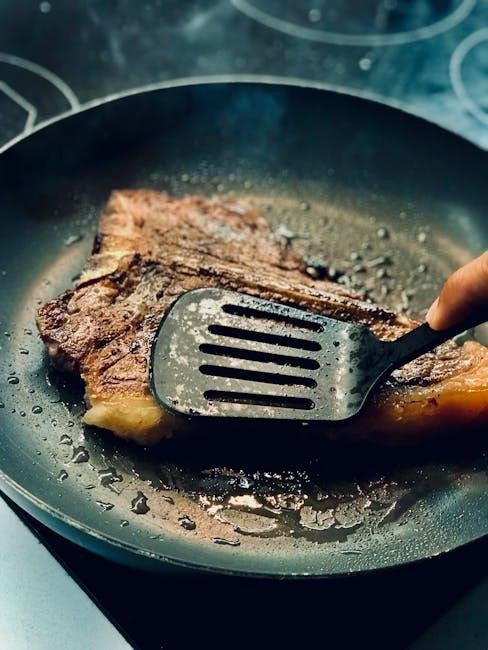
Eggs
Eggs are a versatile and nutritious addition to a low-fat diet, offering high-quality protein and essential nutrients. While yolks contain cholesterol, they are also rich in vitamins like vitamin A and D, which are often added back during the production of low-fat milk. Egg whites, on the other hand, are virtually fat-free and cholesterol-free, making them an excellent choice for those monitoring their fat intake. To incorporate eggs into a low-fat diet, consider preparing them without added oils, such as boiling, poaching, or making omelets with minimal seasoning. Additionally, using egg substitutes or low-cholesterol egg products can further reduce fat content. Eggs are a great source of energy and support overall health, making them a beneficial inclusion in a balanced low-fat meal plan. Moderation is key, as recommended by nutritionists, to enjoy their nutritional benefits without exceeding fat or cholesterol limits.

Plant-Based Low-Fat Foods
Plant-based low-fat foods are naturally rich in nutrients and fiber, offering a healthy alternative to high-fat options. They help manage calories, carbs, and cholesterol, supporting an overall balanced diet with their fat-free or low-fat content.
Fruits
Fruits are an excellent addition to a low-fat diet, offering natural sweetness and essential nutrients. Most fruits are fat-free or very low in fat, making them ideal for managing calorie and fat intake. Fresh options like berries, citrus fruits, and apples provide vitamins, minerals, and antioxidants. They also contribute to satiety, helping control portion sizes. Incorporating fruits into meals and snacks can enhance flavor and nutrition without adding unhealthy fats. Many fruits are versatile and can be enjoyed as desserts or added to salads and yogurt for a healthy twist. Their high water content and fiber further support digestive health and weight management. Choosing seasonal fruits ensures freshness and optimal nutritional benefits, making them a great choice for those aiming to reduce fat consumption while maintaining a balanced diet. Overall, fruits are a delicious and nutritious way to stay within low-fat dietary guidelines.
Vegetables
Vegetables are a cornerstone of a low-fat diet, offering minimal fat content while providing abundant vitamins, minerals, and fiber. Most vegetables are naturally fat-free or extremely low in fat, making them an ideal choice for reducing calorie intake. Leafy greens like spinach, kale, and broccoli are rich in nutrients and antioxidants. Cruciferous vegetables such as cauliflower and Brussels sprouts support heart health and digestion. Starchy vegetables like potatoes and corn can be included in moderation, as they provide energy and fiber. Vegetables also add volume to meals, helping to control hunger and portion sizes. Incorporating a variety of colorful vegetables ensures a wide range of nutrients and flavors. They are versatile and can be prepared in low-fat ways, such as steaming, grilling, or roasting. By focusing on vegetables, individuals can maintain a balanced diet while keeping fat consumption low, promoting overall well-being and weight management.
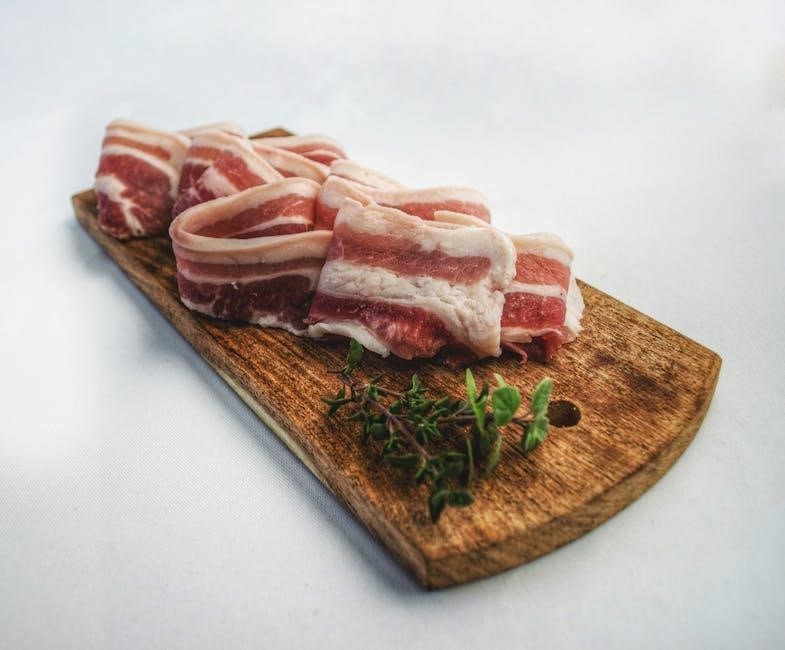
Legumes
Legumes are a vital component of a low-fat diet, offering a rich source of protein, fiber, and essential nutrients while being naturally low in fat. Beans, lentils, chickpeas, and peas are among the most common legumes, each providing significant health benefits. They are high in soluble fiber, which helps lower cholesterol levels and regulate blood sugar. Legumes are also excellent for promoting satiety, making them a great choice for those aiming to manage their weight. Additionally, they are versatile and can be incorporated into a variety of dishes, from soups and stews to salads and main courses. Their high protein content makes them an excellent alternative to fatty meats, ensuring a balanced intake of nutrients without excessive fat consumption. Including legumes in your diet supports heart health, improves digestion, and contributes to overall dietary balance, making them a cornerstone of a healthy, low-fat lifestyle. They are also cost-effective and environmentally sustainable, adding further value to their inclusion in daily meals.
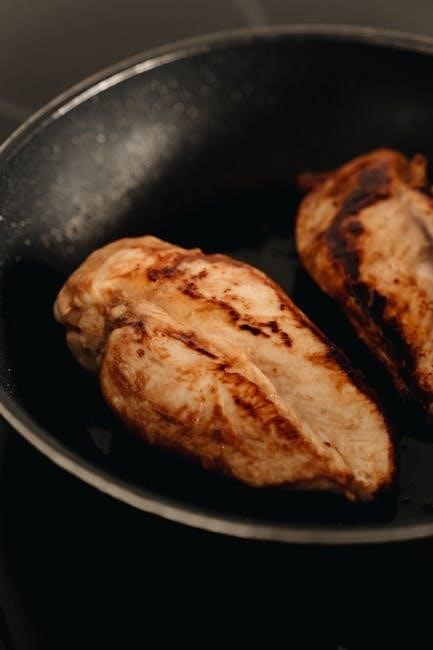
Nuts and Seeds
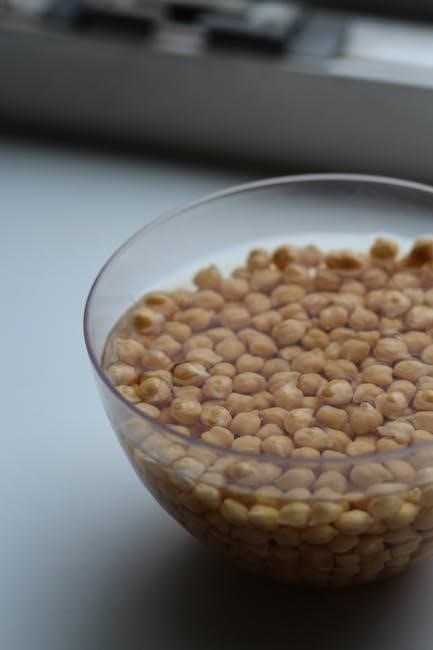
Nuts and seeds are nutrient-rich additions to a low-fat diet, offering healthy fats, protein, and fiber. Almonds, walnuts, chia seeds, and flaxseeds are excellent choices, providing essential omega-3 fatty acids and antioxidants. While they are higher in fat compared to other foods, the fats are primarily unsaturated, which support heart health. Portion control is key, as overconsumption can lead to excessive calorie intake. A small handful or about 1 ounce (28 grams) per day is recommended. Nuts and seeds can be enjoyed as snacks, sprinkled on yogurt or oatmeal, or added to salads for crunch and nutrition. They also serve as versatile ingredients in low-fat baked goods and smoothies. Incorporating these into meals enhances satiety and provides a natural energy boost, making them a valuable part of a balanced, low-fat dietary plan. Their compact size and long shelf life make them convenient for on-the-go snacks, ensuring you can maintain your dietary goals effortlessly.
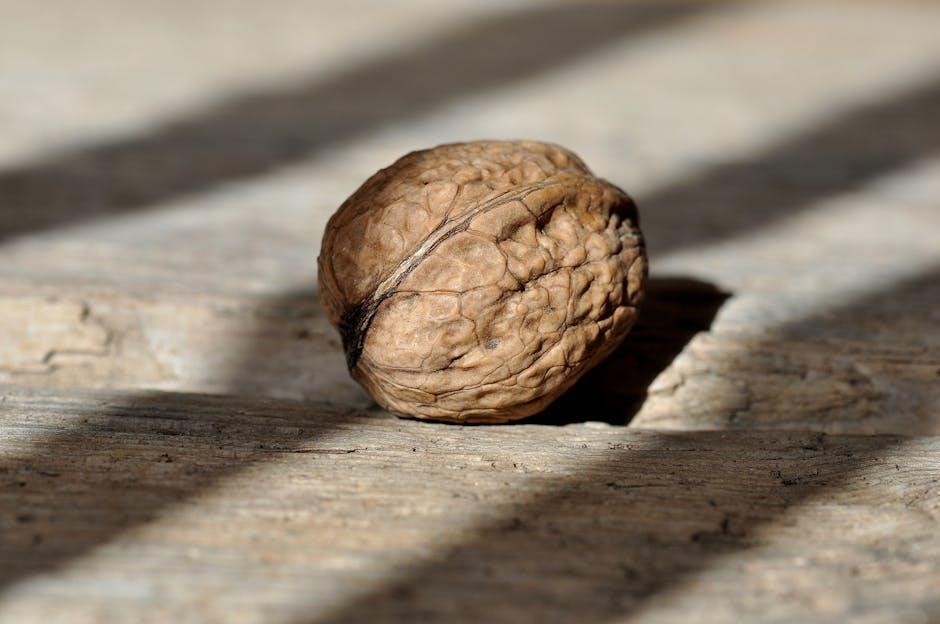
Grains and Starches
Grains and starches form a core part of a low-fat diet, offering sustained energy and fiber. Opt for whole grains like brown rice, quinoa, and oats, as well as low-fat baked goods, to maintain nutritional balance and support heart health.
Whole Grains
Whole grains are a cornerstone of a healthy, low-fat diet, providing essential nutrients like fiber, vitamins, and minerals. They include options such as brown rice, quinoa, oats, and whole wheat bread. Unlike refined grains, whole grains retain their bran, germ, and endosperm, making them richer in fiber and nutrients. Incorporating whole grains can help lower cholesterol levels and improve digestion. They also contribute to feeling full longer, which can aid in weight management. When choosing whole grains, opt for products that are low in added sugars and unhealthy fats. Pairing whole grains with lean proteins or vegetables creates balanced meals that support overall health. Additionally, whole grains are versatile and can be used in a variety of dishes, from breakfast cereals to main course sides, making them a practical choice for maintaining a low-fat lifestyle.
Low-Fat Baked Goods
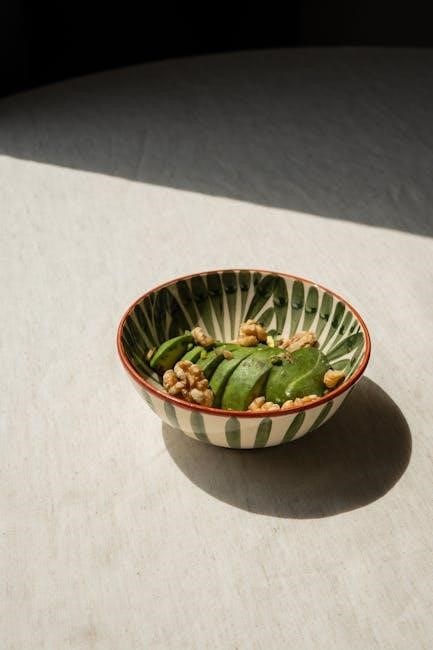
Low-fat baked goods are a healthier alternative to traditional treats, offering reduced fat content without compromising on taste. These items, such as low-fat muffins, cakes, and cookies, are designed to fit into a low-fat diet by using substitutions like applesauce, yogurt, or egg whites to minimize fat. Many recipes also incorporate whole grains, which add fiber and nutrients while keeping the fat content low. When selecting low-fat baked goods, it’s important to check for added sugars and artificial ingredients, as these can negate the health benefits. Opt for options that use natural sweeteners like honey or fruit purees and minimal oil. Examples of low-fat baked goods include angel food cake, vanilla wafers, ginger snaps, and low-fat granola bars. These treats allow you to enjoy baked goods while staying within the guidelines of a low-fat diet, making them a great addition to meals or snacks.